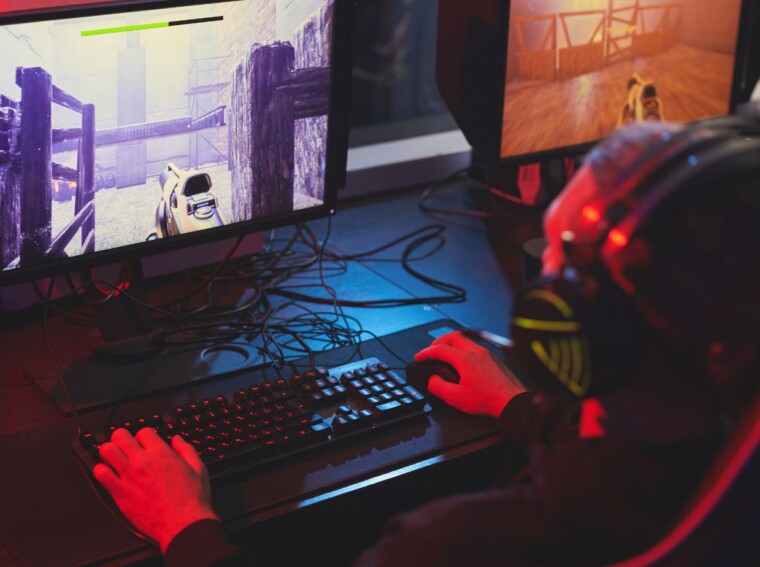Esports, or electronic sports, has evolved from a niche hobby to a global phenomenon, captivating audiences worldwide. As the esports industry continues to grow, it is essential to address the issue of disability inclusion to ensure that everyone, regardless of their physical abilities, can participate and enjoy competitive gaming like they do at Spinia. This article explores the challenges faced by individuals with disabilities in the esports community, the strides being made towards greater inclusion, and the importance of creating accessible gaming environments.
Challenges Faced by Individuals with Disabilities in Esports
Historically, the world of gaming and esports has not been the most inclusive space for individuals with disabilities. Many popular esports titles rely heavily on rapid reflexes, precise hand-eye coordination, and quick decision-making – factors that can present significant challenges for people with disabilities. The absence of accessible interfaces, adaptive technologies, and inclusive design in many games has limited the participation of individuals with disabilities.
One of the main challenges is the lack of standardized accessibility features across esports titles. While some games may include customizable controls or visual settings, these options are not consistently available, leaving many players unable to fully enjoy the gaming experience. Physical disabilities, such as limited mobility or dexterity, can create barriers that prevent individuals from participating in esports events or competitions.

Strides Towards Greater Inclusion
Recognizing the need for change, various stakeholders in the gaming industry have taken steps to promote inclusivity in esports. Game developers, esports organizations, and advocacy groups have collaborated to implement accessibility features, making gaming more accessible to a broader audience.
- Customizable Controls: Many game developers are incorporating customizable controls that allow players to remap buttons and adjust sensitivity settings. This feature is crucial for individuals with mobility impairments who may require alternative input devices.
- Inclusive Design: Some game developers are prioritizing inclusive design principles from the outset, considering accessibility in the early stages of game development. This approach ensures that games are designed with a diverse player base in mind.
- Adaptive Technologies: The gaming industry has seen the emergence of adaptive technologies, such as specialized controllers and peripherals designed to accommodate a range of physical abilities. These innovations empower players with disabilities to compete on a level playing field.
- Esports Organizations Embracing Inclusion: Esports organizations and event organizers are increasingly recognizing the importance of creating inclusive tournaments. Some events now include divisions specifically for players with disabilities, fostering a more diverse and welcoming competitive landscape.
The Importance of Accessible Gaming
The push for disability inclusion in esports is not just about social responsibility; it also makes good business sense. The esports industry has experienced tremendous growth, and by making gaming more accessible, it can tap into a vast, untapped market of players with disabilities. Creating an inclusive environment not only broadens the player base but also enhances the overall gaming experience for everyone involved.
Furthermore, accessible gaming aligns with the principles of diversity and representation, sending a powerful message that esports is for everyone. By breaking down barriers, the industry can inspire individuals with disabilities to pursue careers in esports, whether as players, coaches, analysts, or content creators.

In Conclusion
Esports has the potential to be a unifying force, bringing people together across borders and backgrounds. To fully realize this potential, the industry must prioritize disability inclusion and work towards creating accessible gaming environments. The strides already made are encouraging, but there is still much work to be done. By continuing to raise awareness, implementing inclusive design practices, and embracing adaptive technologies, the esports community can break down barriers and pave the way for a more inclusive future in competitive gaming.


